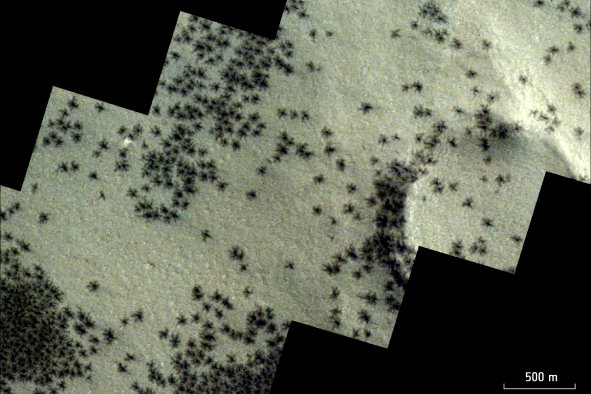Atmospheric rivers in California were worse millennia ago than they are now, a new study has found.
The corridors of concentrated, tropical moisture have gained attention recently after they caused destructive storms across California this past winter. As climate change worsens, they are set to become more common in the coming years. This has initiated more studies on the weather phenomenon, including this latest publication in the journal Communications Earth & Environment.
In the study, scientists from the U.S. Geological Survey studied atmospheric rivers across Leonard Lake, California, over a period of 3,200 years. They discovered that the "largest episodes" of atmospheric rivers occurred two to three millennia ago.
"Climate models indicate an increasing likelihood of extreme precipitation events in California, including a 50 percent increase in runoff, via strengthening of atmospheric river activity with implications for flood and emergency management," the authors write in the study. "However, considerable uncertainty remains in flood hazard projections partly because of temporally limited instrumental data."
For this reason, they set out to discover more and the scientists focused on clues provided in the sediments of Leonard Lake. The sediments can tell scientists a great deal about weather patterns over a long period of time.
"Lake sediments provide a natural archive that documents past local and regional precipitation events beyond instrumental and historical records, aiding our understanding of long-term climate-flood linkages," the authors said.
The lake data provides information on weather from the Sierra Nevada and southern California.
The late 20th century had the highest amount of vapor transport since the Medieval Warm Period, which is also known as the Medieval Climatic Anomaly, the study reported. This was a period of unusually warm climate in the North Atlantic region from the year 950 to around 1250.
They found that vapor transport increased during the Little Ice Age which was a period of cooling in the North Atlantic from 1303 to 1850.
These changes suggest that California must have experienced periods of intense rainfall "that exceeded any" in meteorologic data, "with the largest episodes occurring two and three millennia ago."
"These results provide critical data to help avoid underestimation of potential risks and aid future planning scenarios," the authors write in the study.
Scientists have previously discovered that atmospheric rivers are likely to become worse and arrive in closer succession with each other in the future. This has already begun to manifest.
A series of atmospheric rivers battered the state of California nine times through the 2022 and 2023 winter.
This is the longest period that atmospheric rivers have continuously dumped on the state in 70 years, a recent study from the Lawrence Berkeley National Laboratory reported.
Do you have a tip on a science story that Newsweek should be covering? Do you have a question about atmospheric rivers? Let us know via science@newsweek.com.
Disclaimer: The copyright of this article belongs to the original author. Reposting this article is solely for the purpose of information dissemination and does not constitute any investment advice. If there is any infringement, please contact us immediately. We will make corrections or deletions as necessary. Thank you.



